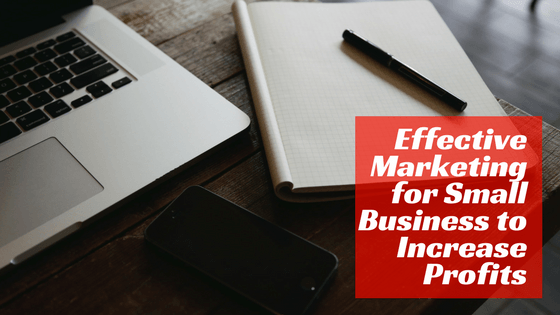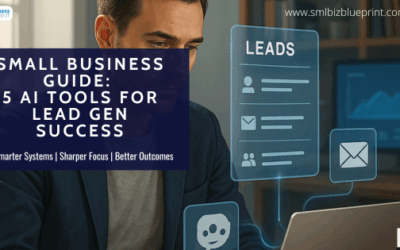What is effective marketing?
For us, it is direct response marketing. It is getting a result such as a lead, a sale, a meeting. Something that will or will in the future generate revenue for your business.
Let us start with an example.
Say your competitor runs an advertisement that reaches 10,000 target customers and gets these results.
- 1 percent response rate (response rate means that prospective customer visited competitor’s website, went into their store, called them, etc.)
- 35 percent conversion rate (conversion rate means the responding customer then purchases)
- $500 price per product (product being the item sold by your competitor)
- 1.5 products per buyer (average buyer purchases 1.5 products in initial order)
- 30 percent profit margin
- 10 percent repurchase rate (10% of customers buy from your competitor again)
Assuming the ad reached 10,000 target customers, your competitor’s gross profit from the ad would have been $8,662.50 (minus the cost of the ad).
Now…..let’s assume that your company did a 20 percent better job on each of these factors. Your results would be as follows:
let’s say that your business did a 20 percent better job on each of these factors. Your results would be as follows:
- 1.2 percent response rate
- 42 percent conversion rate
- $500 price per widget
- 1.8 products per buyer
- 36 percent profit margin
- 12 percent repurchase rate
Look at the results.
If your ad reached the same 10,000 target customers, your gross profit would be $19,596.
That’s 2.3 times greater than your competitor’s.
Now, what would happen if you generated 2.3 times greater profits than your competitors every time you ran an ad?
You would absolutely dominate them.
Now, the key marketing secret that I’m sharing with you here is that you don’t have to revolutionize your marketing system.
Rather, small, 20% improvements in each part of your system lead to revolutionary results.
Here are some ways in which you can improve each part of your marketing system:
Response Rate
The more you know about your customers’ wants and needs, the more easily you can design advertisements that appeals to them.
And the more you know about them, the better you could craft a unique selling proposition (USP) to attract them.
If you are local hardware company and you know your typical buyer is a busy male with a wife, kids, and dog, you could easily craft ads with a higher response rate.
You could also boost response rates by developing better offers that attract customers, such as an offer for a 90-day money-back guarantee.
Conversion Rate
Conversion rates are the percentage of prospective customers that you converted into actual customers.
A few ways you could increase conversion rates include having a better process in place for training your staff and sales team, providing better employee incentives (e.g., commissions or bonuses for closing sales), or by developing and testing sales scripts that boost results.
Number of Products Per Buyer
To increase the number of units purchased per transition (including purchasing more products or related items), you can rely on similar tactics to increasing conversion rates such as better hiring, training, sales scripts and so on.
McDonalds doubled its profits when it started asking “would you like fries with that?” and increased them again when it starting asking “would you like to supersize that?”
Profit Margins
Better systematizing your business and implementing the right processes and procedures will allow you to generate higher profits per sale than your competitors.
Repurchase Rate
To increase repurchase rates, do a better job of communicating with your clients and showing them how special they are.
For example, send them emails, call them, or send them letters in the mail to educate them and remind them that you have products and services that can help them.
Now you can review your current marketing efforts to see where you can apply small changes to give you big results.




